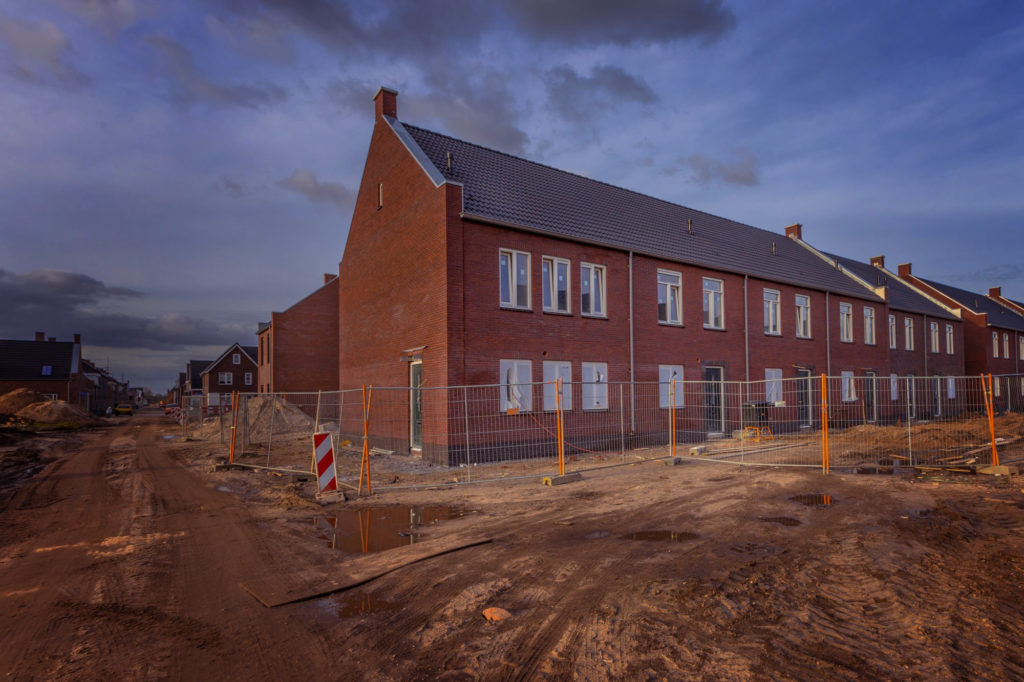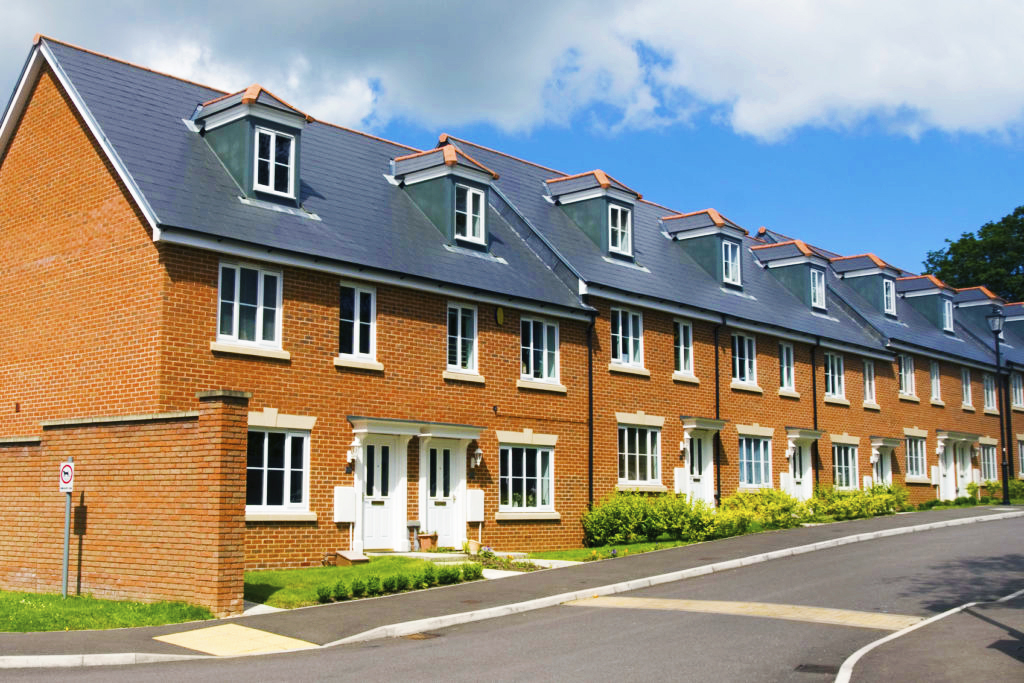
New Build houses for New Beginners
Building a home allows you to enjoy a new property that’s been designed specifically for you and your family. On the other hand, it is a daunting prospect that requires careful management at every stage.
Are you thinking of designing and building a new house, but don’t know where to start? No worries. Pro Arkitects – Design & Build Experts are always on hand to help. With these 7 simple steps, we will help you understand the process of successfully building a new home.
Step 1: Build Choices
When it comes to building a new home, there are several options at your disposal. These vary from; house and land packages, project homes, custom-built properties, or DIY kit dwellings. Each one has its own pros, cons, and costs, so it’s important to figure out where you want to build. Furthermore, it is crucial to establish early on how much you can spend and which options best suit your requirements.
Step 2: Do Your Research!
Unless you’re building on your existing property, you must make sure that your designs work with the land you wish to buy. This significantly affects building costs, so gaining expert advice before committing to land purchases or designs is highly recommended.

Step 3: Choosing a Builder
It is pivotal that you spend time researching builders who are right for your project. There are a vast amount of ways you can go about doing this. Friend recommendations are a popular choice, or you can contact the Master Builders and Housing Industry Associations. Alternatively, you can even invite qualified builders to quote your new home.
Make sure that the contract your desired builder provides covers all areas of your project. In addition to this, it is incredibly important that they agree to a timeline for the completion of the build.
You should get the plans agreement preparation, home indemnity insurance, the building contract, and contract variations agreement verified by a solicitor. This should be done before you sign any form of documentation.
Step 4: Financing Your build
Keeping on top of finances is essential to the successful construction of your home. Ensure that you know how much the total work will cost. Also, if applicable, make sure you have your home loan in place. These requirements must be finalized before the build commences.
Additionally, you must determine how much deposit you will need to pay. Get your solicitor to examine your contract and see how progress payments will be implemented.
Please note that the following section is only relevant to those who require a home loan.
Before you apply for your home loan, you should consider additional costs. These usually include; stamp duty, legal fees, and costs associated with your loan. You may also like to consider applying for a construction loan. This will give you access to money progressively as you complete different stages of construction.
Step 5: Signing the Contract
Once you’ve agreed to the costs, you must review the contract carefully with your solicitor. Many common building errors come as a result of inaccuracies in the contract. Make sure you feel confident in signing the documents to prevent costly changes down the line.
You should check the laws and council requirements in your area to see if your contract is compliant. Moreover, make sure your builder is responsible for securing licences and permits from the relevant authorities.
You may also like to get insurance before construction begins. This will protect your land, the new property, and the people visiting the site.

Step 6: Monitoring the Build
It’s important to stay involved at every stage of construction. You can choose the design elements and make sure it stays on time and within budget.
You may like to keep a diary to record important details of the project in writing. These may include; discussions with the builder, updates on progress, weather, copies of letters, and notices. You may also wish to take photos of the site throughout the project.
If you don’t feel confident managing the contractor or tradespeople building your home, you can assign an independent building consultant. They will then monitor the construction on your behalf.
Step 7: Completing the Handover
Around a week after practical completion of the house, you should be ready to move in. You should receive a copy of all relevant warranties and certificates as per your contract. Make sure you have the builder’s written authority that the building is completed and safe to move into.





